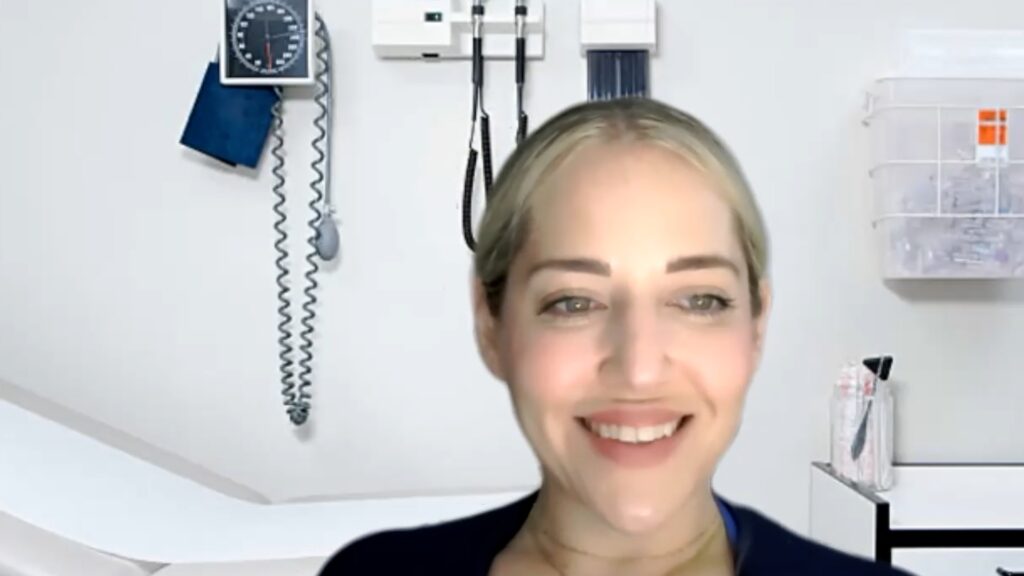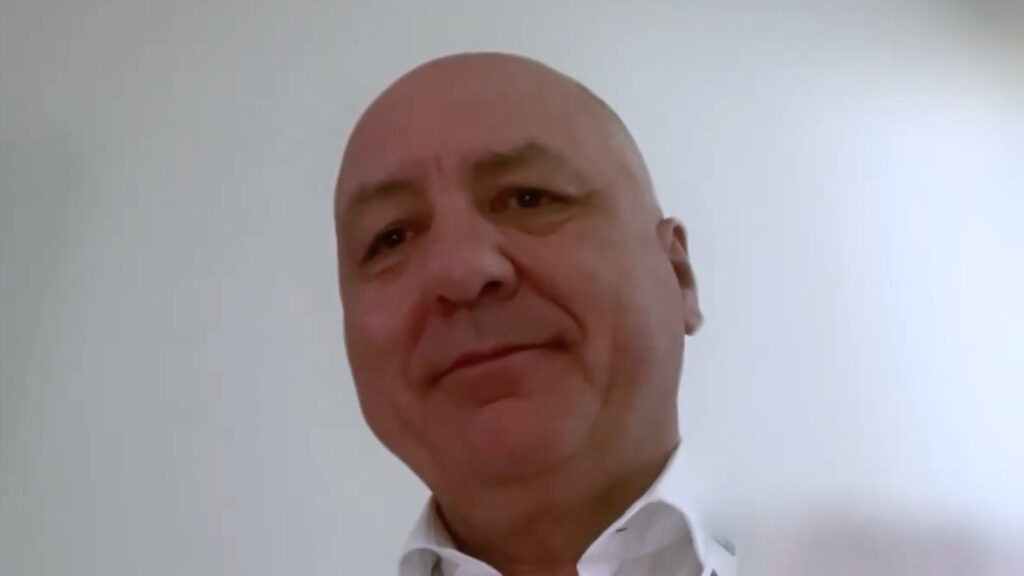The ELEVATE UC 52 study (NCT03945188) investigated the efficacy and safety of etrasimod in patients with moderately to severely active ulcerative colitis, a recent analysis of the study was presented at ECCO’23 looking at corticosteroid (CS)-free remission as a clinical endpoint. In this touchIMMUNOLOGY interview, we spoke with Dr. Stefan Schreiber (University Hospital Schleswig-Holstein, Kiel, Schleswig-Holstein, Germany) around the aims, design and inclusion criteria of the ELEVATE UC 52 study, the findings in terms of CS-free clinical remission and how this will impact the recent FDA submission.
The abstract ‘Achievement of corticosteroid-free clinical endpoints in subjects with ulcerative colitis: an analysis of the phase 3 ELEVATE UC 52 trial.‘ (Abstract number: DOP41) was presented at ECCO 2023, March 1-4, 2023.
Questions
- What were the aims, design and inclusion criteria of the ELEVATE UC 52 study? (0:11)
- What were the findings in terms of CS-free clinical remission? (2:06)
- What were the other primary and secondary outcome measures and how well were these achieved? (2:51)
- What impact will these findings have on the recent FDA submission? (3:29)
Disclosures: Stefan Schreiber discloses consulting for AbbVie, Amgen, Arena, BMS, Biogen, Celgene, Celltrion, Fresenius, Galapagos, Gilead, Janssen, Lilly, MSD, Pfizer, Provention Bio, Protagonist, Sandoz, Takeda, and Theravance; serving on advisory boards for AbbVie, Amgen, Arena, BMS, Biogen, Celgene, Celltrion, Fresenius, Galapagos, Gilead, Janssen, Lilly, MSD, Pfizer, Provention Bio, Protagonist, Sandoz, Takeda, and Theravance; and receiving honorarium from AbbVie, Amgen, Arena, BMS, Biogen, Celgene, Celltrion, Ferring, Fresenius, Galapagos, Gilead, Janssen, Lilly, MSD, Pfizer, Provention Bio, Protagonist, Sandoz, Takeda, and Theravance.
Support: Interview and filming supported by Touch Medical Media Ltd. Interview conducted by Victoria Jones.
Filmed in coverage of the European Crohn´s and Colitis Organisation Annual Meeting 2023.
Click here for more content on inflammatory bowel disease.
Transcript
What were the aims, design and inclusion criteria of the ELEVATE UC 52 study? (0:11)
Elevate UC 52 is an interesting study because it’s a treat-through design. It takes patients in with active ulcerative colitis, with or without prior biologics or targeted therapy pre-treatment. So also, people on JAK inhibitor failure can come in here. But on the other hand, it’s not doing the re-randomization which we used to see of the IBD trials where the week 12, week 10 or week eight responders just the ones on active drug taken forward and re-randomized to continue placebo or drug. So here we look at the trial design in which everybody gets drug at day zero and is followed through the entire year or gets placebo. So, what is the big advantage of that design? Is it a continuous placebo group is much more reassuring on the safety because they don’t lose the placebo patients, so in the re-randomization step. As a second, I think the big advantage is we get a true assessment of efficacy by not doing that step of re-randomization. We look at the original starting populations all the time, sort of reflects much more of what we do in our normal practice. So why are we not using these designs always? Because with some of the agents we first have to find the responders and then work with the responders because the non-responders are so numerous that we don’t want to treat them for an entire year. So a treat-through design can be only taken if you’re bold and if you believe that your drug really works and gives advantage to many of those patients being exposed. The re-randomization design is the frequently used design in the world of IBD. Treat-through designs, however, has been also done by others, for example, in the so-called ACT studies when infliximab was developed for the use of ulcerative colitis.
What were the findings in terms of CS-free clinical remission? (2:06)
The Elevate UC 52 study documented very nicely that etrasimod is able to give remission, clinical remission, endoscopic remission, both of them to a large number of patients after a short time equivalent to induction period, but also the long run of the entire year of observation time. This was independent of the treatment/ pre-treatment of the patients. So, it worked on patients on no pre-treatment, patient on just a few biologics or three or more biologics or JAK inhibitors. And interestingly, most of that remission, almost all of that, be it the clinical or the endoscopic remission was steroid free remission.
What were the other primary and secondary outcome measures and how well were these achieved? (2:51)
The elevate 52 study is a fascinating study because it achieved its primary and all its secondary endpoints with remarkably low p values. Actually, looking at the statistical quality of the separation was p values below 0.001 we wouldn’t have needed ELEVATE 12 study to reconfirm the induction period ELEVATE 52 in itself would have the statistical power for a definite proof of efficacy and all pre-planned endpoints.
What impact will these findings have on the recent FDA submission? (3:29)
I do not know because I’m not the FDA but I would be surprised if a study of this quality wouldn’t lead to the approval of the drug in both the United States and Europe and probably hopefully also in Asia but here other factors play as well, a number of Asian patients, for example, to participate in the study. So my outlook would be rather optimistic on having this drug available very soon.
Subtitles and transcript are autogenerated.







